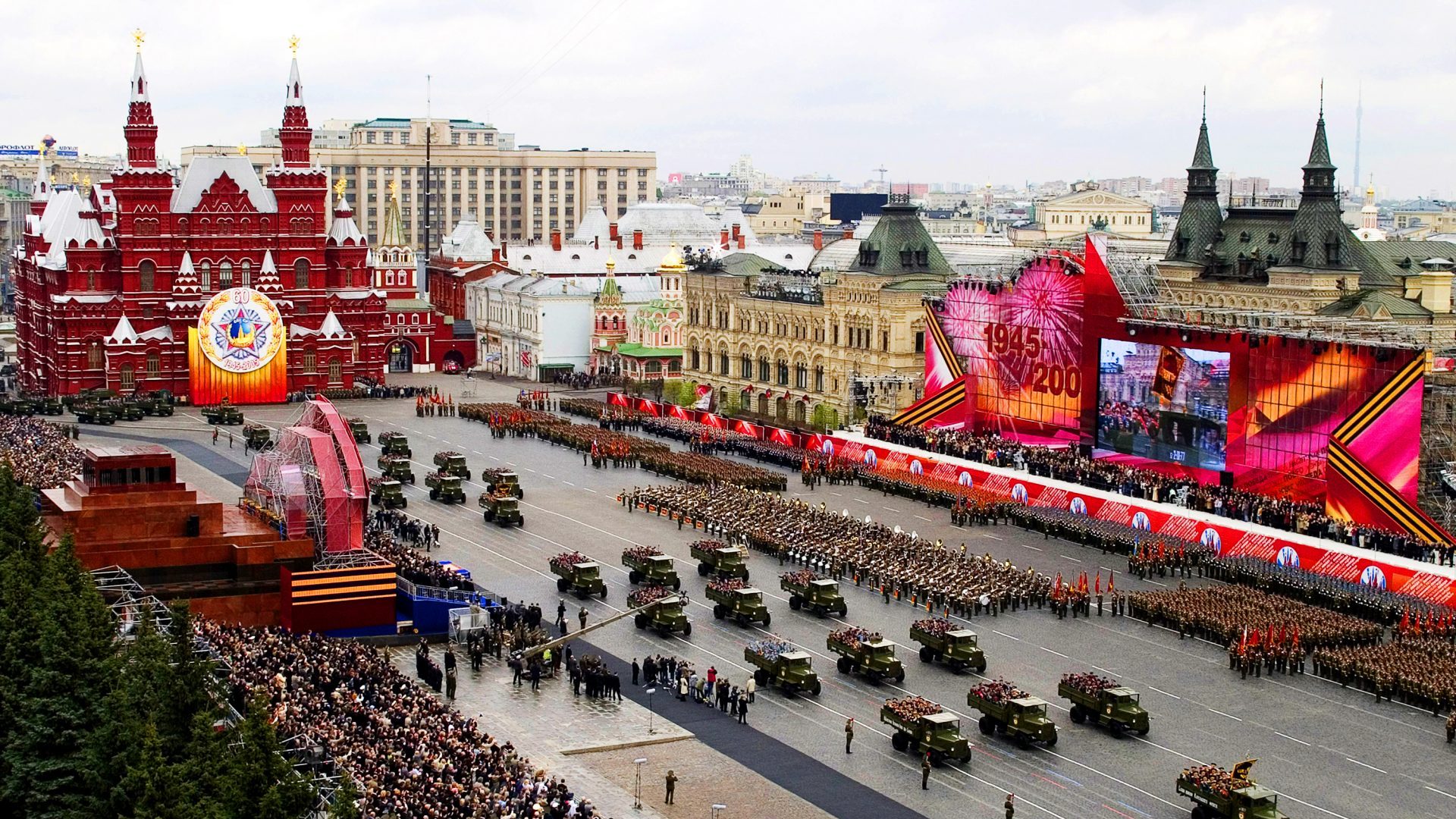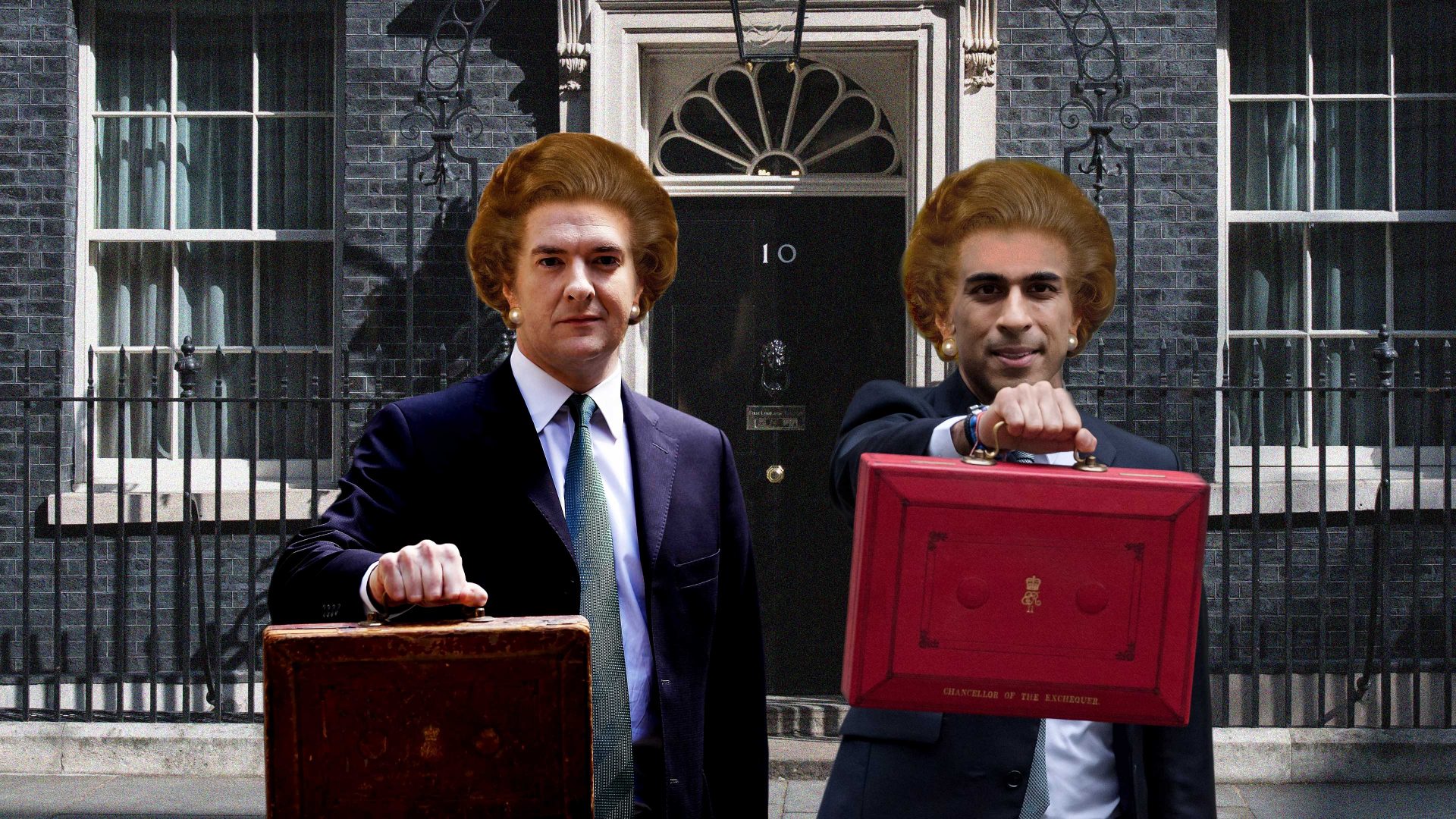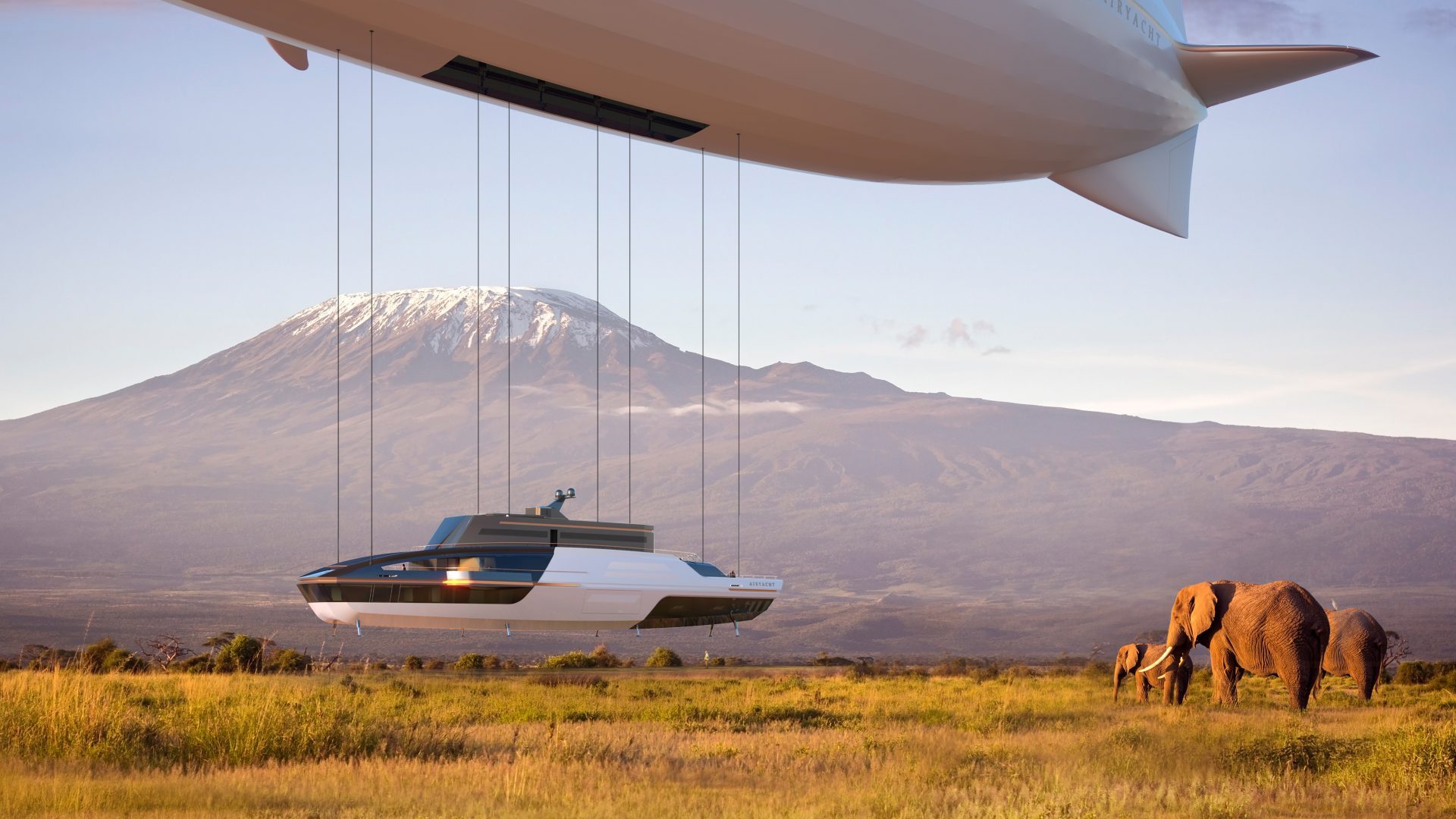It is the day when Russia looks back with sorrow and pride to remember the millions who died defeating Nazi Germany. But as his time in the Kremlin has gone on, Vladimir Putin has turned May 9 into something darker – the day when he promotes his own version of history as propaganda to support the wars he has waged.
This year, as the world recoils in horror at what Putin has done to Ukraine, the rehearsals are already under way. Row after row of military cadets move through Dvortsovaya Square in Saint Petersburg, chanting in unison while holding aloft bayoneted rifles. In Moscow, tanks and military vehicles carrying ballistic missiles roll along the Garden Ring road heading to Red Square, past a theatre that now sports a patriotic black and orange Saint George’s ribbon in the shape of the letter Z, Putin’s symbol of solidarity with his foul and failing “special military operation”.
When he addresses the Russian people on May 9, we may well hear Putin declare victory in the Donbas, and boast about his phoney “de-Nazification” of Ukraine, at the cost of tens of thousands of lives. And this will come on the day that is supposed to honour the 27 million Russian lives lost in the second world war – the soldiers and civilians killed in conflict, and those who fell to famine and disease.
The date differs from that remembered as VE Day in western Europe because by the time Germany’s surrender was formalised, it was already the following day in Moscow. It is not just another time zone though, but a different mentality.
Victory Day has not always been marked with the Red Square military parades that Putin has exploited so effectively as pageantry and propaganda. The first took place in June 1945 with returned members of the Red Army, then there was nothing until 1965, and then nothing again until the 40th anniversary. Five years later, the parades were back, but they halted again in the immediate post-Soviet era. Yet as all this took place, the day continued to take on extra significance for Russians; a momentum that began in 1965, when May 9 became a public holiday.
Now the day is a combination of celebration and commemoration. Veterans proudly put on their medals. Military bands play martial music as they march across Red Square. Bigger anniversaries are marked with grand gestures. For the 75th anniversary, two years ago, a new cathedral dedicated to Russia’s armed services was opened.
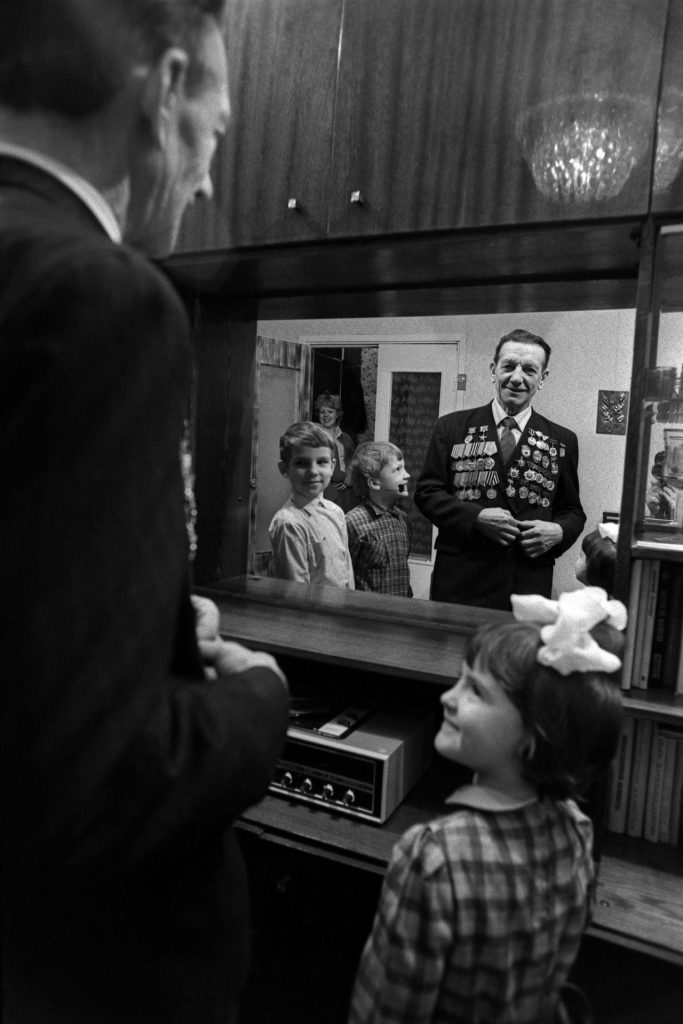
It is part of a process that has seen May 9 awarded an ever-higher profile while Putin has been in power – even as the number of living veterans has inevitably declined. The message is rarely about the need for reconciliation or avoiding a repetition of the horrors of war. It is more likely to be a warning to enemies. “The lessons of the past war call on us to be vigilant,” Putin declared in 2017. “And the Russian armed forces are ready to counter any potential aggression.” In the Putin era, commemorating the “great patriotic war” has also become a way of exploiting genuine pride and sorrow among the people to justify Kremlin policy.
So, since 2008, the bands and banners have been joined by military hardware – a revival of Soviet-era habits once more readily associated with the parading of missiles on the anniversary of the “Great October Socialist revolution” that brought Lenin’s Bolsheviks to power in 1917.
Lenin’s successor, Stalin, was the Soviet Union’s wartime leader. The 20th-century names for the two Soviet cities – Leningrad and Stalingrad – chosen to honour the men who built the socialist superpower have vanished like the USSR itself. Still, their role in Russian history casts a long shadow over a country once again at war in Europe, and especially over Putin.
Both cities endured unimaginable suffering as the Soviet Union fought back against, and eventually defeated, Nazi Germany.
The fates of both help to explain Putin’s view of the world: a view that led him to send his armies to war – or on a “special military operation” if you are reading this in Russia – and recreate landscapes most of us thought would not be seen again in Europe in our lifetimes.
Leningrad, as St Petersburg was called for most of the 20th century, is Putin’s birthplace. During the second world war, it lost around a third of its pre-war population of 2.5 million. The German army laid siege to the city for almost 900 days. Hundreds of thousands starved to death.
For Putin, this was also personal. Years before he was born, his family lost a five-year-old son who would have been the Russian president’s elder brother – one of the countless victims of hunger or bombardment. Some of the elegant masonry on St
Petersburg’s main street, Nevsky Prospekt, still shows the scars from wartime shells.
When Putin addresses the nation on May 9, these thoughts can never be far from his mind. Nor can the suffering of Stalingrad. Renamed Volgograd after the wartime Soviet dictator’s death, this was the site of the battle that turned the tide of the second world war – but again, at huge cost.
It is impossible to visit either city and not be moved. I first saw Leningrad – as it still was then – in 1987 when, as a student, I visited the Soviet Union. Our hosts made sure that the Piskaryevskoye cemetery, the final resting place of around 500,000 Leningraders buried in common graves marked only by the year of death, was on our itinerary.
Years later, in Russia in March 2019 to research a book, I travelled to Volgograd. A huge statue of Mother Russia, sword in hand against the Nazi invaders, rises above the city where more than a million soldiers of the Red Army are estimated to have been killed, gone missing, or been wounded or captured in the battle that finally turned the tide of the war in the allies’ favour. Thousands of the dead, soldiers and civilians, are buried in the very mound on which the statue stands. Thousands of the living will make a pilgrimage there on May 9.
Growing up in the UK in the 1970s and 1980s, I – like many boys of that time – read comics filled with second world war stories in which British soldiers outwitted, insulted, and invariably triumphed over their German foes. There was little mention there of the Soviet role in the victory, or the millions who died.
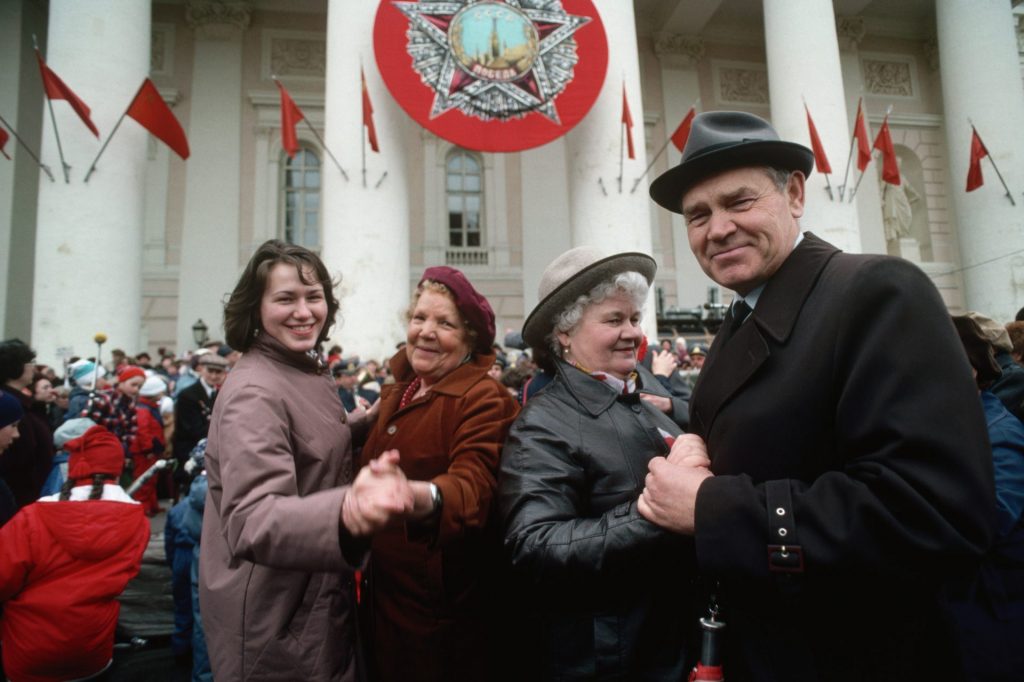
When the cold war ended, that role was increasingly recognised. The first Victory Day parade I witnessed as a journalist was in 1995, on the 50th anniversary. In a speech to students at Moscow State University, Bill Clinton earned the gratitude and respect of his hosts when he said, “Because our alliance with you was shattered at the war’s end by the onset of the cold war, Americans never fully appreciated, until yesterday, the true extent of your sacrifice and its contribution to our common victory.”
In 2008, when the tanks and missiles made their return, we foreign correspondents were invited to see the show up close, summoned early on a chilly May morning to a side street near Red Square. From the meeting point, we were taken through security cordons to places where we would watch the might of the Russian military machine roll past.
Months later, it was rolling into Georgia. The short war in the summer of 2008 was fought over the separatist territories of South Ossetia and Abkhazia. At least, that was what Moscow insisted. In fact, the war was about Georgia’s ambitions to join Nato. The month before the military hardware reappeared on Red Square, the alliance, at its summit in Bucharest, had agreed that Georgia – and Ukraine – would “become members of Nato”. Russia, facing a much smaller enemy, soon won.
Perhaps for Putin, that was another turning point in Russian history when his country had faced down a military threat from the West – this time in the shape not of Napoleon or Hitler, but Nato. Success in Georgia was followed in 2014 by the annexation of Crimea, and then, this year, by wider war in Ukraine.
For decades, Russia and Ukraine, as parts of the USSR, marked May 9 in similar ways. In recent years, of course, views have radically diverged. As the Ukrainian prime minister, Denys Shmyhal, described it in 2020, “Our native land was turned into a battlefield between two totalitarian regimes, resulting in deaths of almost 10 million Ukrainians.”
That reference to “two totalitarian regimes” is significant. Since last year, such comparisons have been illegal in Russia, as the Kremlin banned any view that might deny “the Soviet Union’s humanitarian mission in liberating the countries of Europe”: ungrateful countries that didn’t appreciate being part of the Soviet bloc at war’s end, take note.
Liberation is what Putin claims his troops are seeking to achieve in Ukraine. Yet seeing in recent weeks the pictures from Mariupol and other Ukrainian cities, one line from a BBC report sent from Stalingrad in 1943 has never been far from my mind. “One little wooden house – and that’s all I could find of normal habitation in a town the size of Manchester,” wrote Alexander Werth as he witnessed the ruins of a city that had been fought over with all the might that Hitler and Stalin’s forces could muster. Everything else, as far as Werth could see, was flattened.
Stalingrad, Leningrad, and Kiev (as it was almost invariably spelt during the Soviet period, using the Russian name for the Ukrainian capital) were all among those places declared “hero cities” of the Soviet Union for the deeds of their defenders during the war. They are remembered on blocks of stone in the shadow of the Kremlin.
However Putin chooses to compare his latest campaign with the victory over Nazi Germany, Kiev, Stalingrad, and Leningrad will never again be remembered together in the same way. Stalingrad and Leningrad changed their names as changing politics required; writing “Kyiv” has now become a sign of western solidarity with Ukraine.
And when this war is over, and one day a future US president is welcomed to Moscow at the invitation of a future Russian president, the talk will not be of “sacrifice” and “contribution to our common victory”. For this period of history will long be remembered not as a time when Russia helped to save Europe, but as a time when Russia brought large-scale war back to a Europe that hoped it was over, thanks to a president who weaponised the history of May 9.
James Rodgers is a former BBC correspondent in Moscow, Brussels and Gaza. On May 10, he will be talking about his latest book, Assignment Moscow: Reporting on Russia from Lenin to Putin, at the Frontline Club in London

